Blog
-
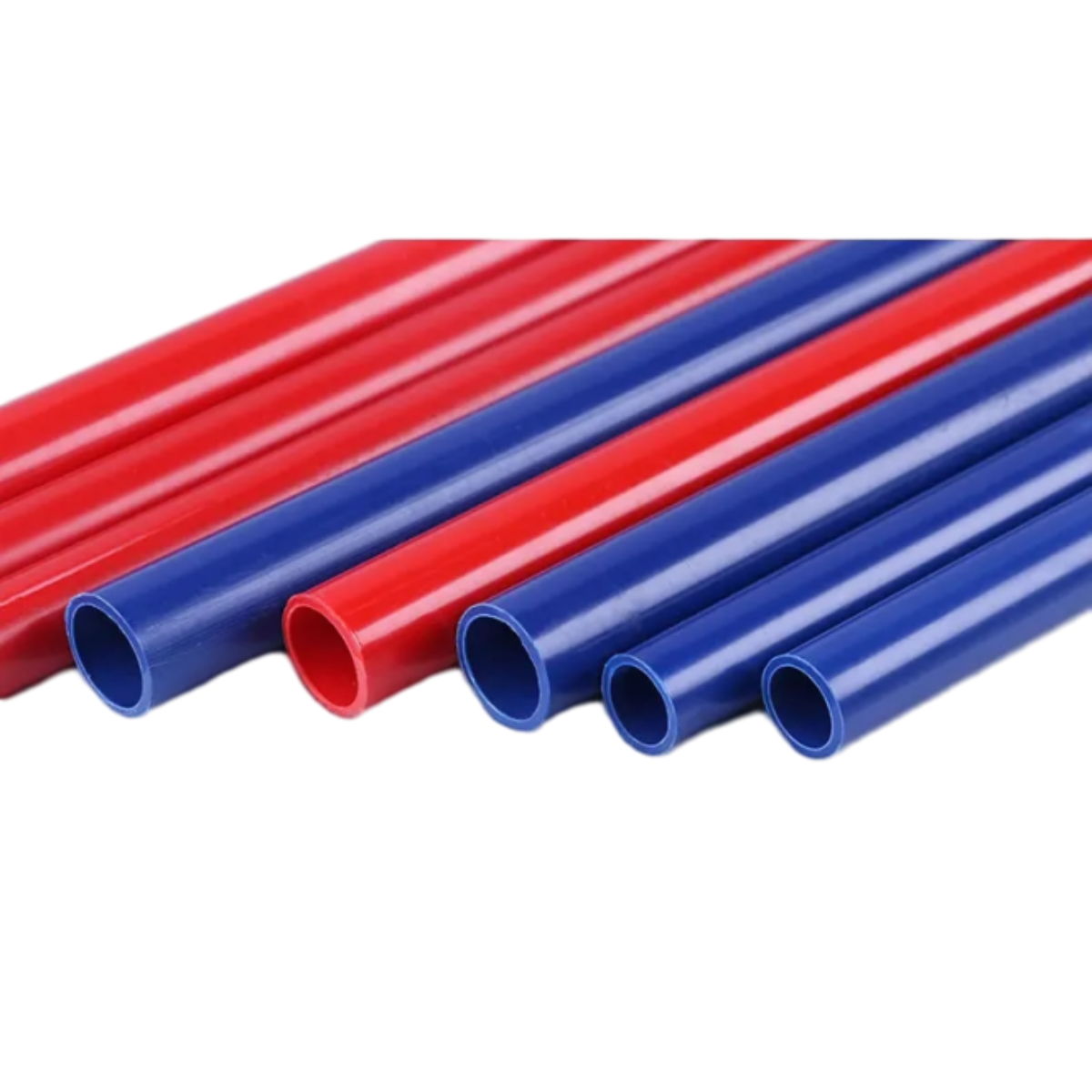 Pipelines are vital in providing essential water and wastewater services to the public and represent a significant investment. However, trillions of gallons of water are lost annually, with a substantial portion of the loss caused by undetected leaks from irrigation systems (1). Adopting pipelines with improved joints can significantly reduce these leaks.High-density polyethylene (HDPE) pipes are an innovative agricultural application solution, including irrigation, drainage, waste management, and livestock watering systems (2). These pipes and fittings offer various benefits, such as flexibility and a long lifespan (3, 4), and provide significantly improved leakage protection thanks to their heat-fused joints (5). Given these benefits, HDPE pipes are an attractive option for piping systems that feed into irrigation systems.Read more
Pipelines are vital in providing essential water and wastewater services to the public and represent a significant investment. However, trillions of gallons of water are lost annually, with a substantial portion of the loss caused by undetected leaks from irrigation systems (1). Adopting pipelines with improved joints can significantly reduce these leaks.High-density polyethylene (HDPE) pipes are an innovative agricultural application solution, including irrigation, drainage, waste management, and livestock watering systems (2). These pipes and fittings offer various benefits, such as flexibility and a long lifespan (3, 4), and provide significantly improved leakage protection thanks to their heat-fused joints (5). Given these benefits, HDPE pipes are an attractive option for piping systems that feed into irrigation systems.Read more -
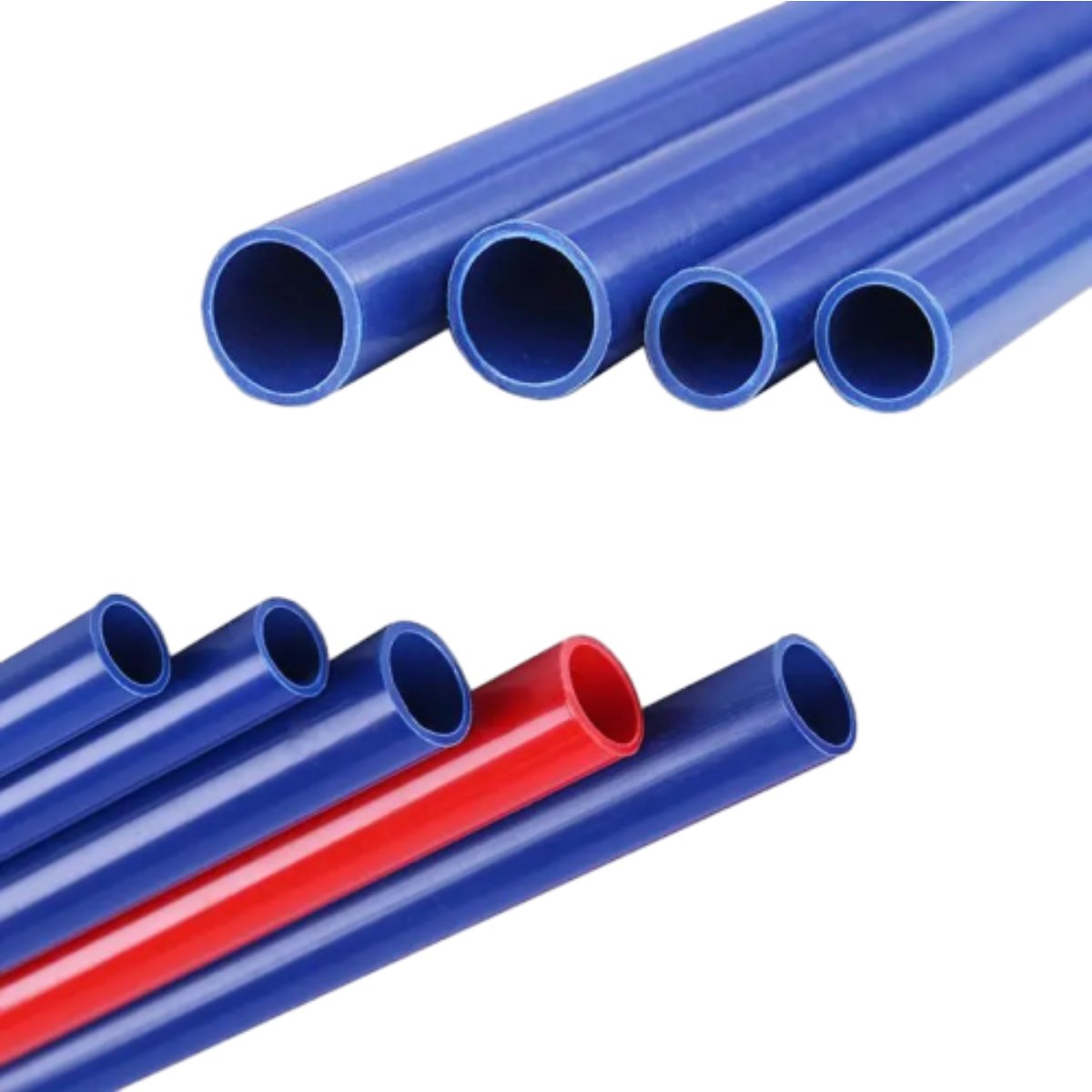 The HDPE this unique piping is made of is a thermoplastic of the polyethylene variety, which is made from petroleum. Of the three polyethylene resins, it is the most widely used due to its flexibility and high tensile strength.Known for being a very versatile and processable resin that is inexpensive and recyclable, its usage has spiked in many industries. In fact, it is one of the most often used plastics in business today. However, even though it was discovered in 1898, production didn’t take off until the 1950s. By then, improvement in the manufacturing process made production more efficient and less costly.Naturally, this made mass production at an affordable rate a reality and therefore more HDPE found its way into everyday items. HDPE has an amazingly simple, no-frills chemical structure compared to other plastics, making it easy to process into different end products. It can be found in packaging and prescription drug bottles, building sheath, and of course, HDPE pipe to name a few applications.Read more
The HDPE this unique piping is made of is a thermoplastic of the polyethylene variety, which is made from petroleum. Of the three polyethylene resins, it is the most widely used due to its flexibility and high tensile strength.Known for being a very versatile and processable resin that is inexpensive and recyclable, its usage has spiked in many industries. In fact, it is one of the most often used plastics in business today. However, even though it was discovered in 1898, production didn’t take off until the 1950s. By then, improvement in the manufacturing process made production more efficient and less costly.Naturally, this made mass production at an affordable rate a reality and therefore more HDPE found its way into everyday items. HDPE has an amazingly simple, no-frills chemical structure compared to other plastics, making it easy to process into different end products. It can be found in packaging and prescription drug bottles, building sheath, and of course, HDPE pipe to name a few applications.Read more -
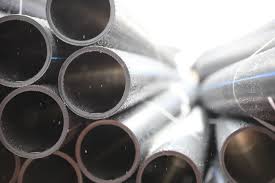
Everything you need to know about HDPE pipes: Features and Applications
The HDPE, or high density polyethylene, is a synthetic polymer made from petroleum which is commonly used in production of plastic bottles, water pipes, corrosion resistant piping, and more. Known for high density and large strength, HDPE pipes enjoy average life span of more than 50 years. High density polyethylene can be found in objects as common as containers, bottles, helmets, toys, cosmetics and all popular forms of domestic objects. Being non-toxic, odourless and insipid, HDPE boats a higher volume of production throughout the world. There are numerous HDPE pipes manufacturers around the world but you need to find the reliable ones to gain maximum benefits from HDPE pipes.Read more -
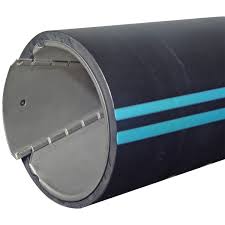 HDPE pipes consisting of flexible thermoplastic polymers are commonly used for the transport of fluids and gases at lower temperatures. In recent times, HDPE pipes have been extensively utilised for the conveyance of potable water, hazardous substances, various gases, slurry, stormwater, firewater, and more. The strength of HDPE pipe materials, characterised by robust covalent bonds, makes them well-suited for high-pressure pipeline applications. Polyethylene pipes have an extended service life in industries such as oil, gas, mining, and water. Due to its high corrosion resistance and low weight, the HDPE pipe industry is growing enormously.Erhard Holzkamp and Karl Ziegler discovered high-density polyethylene (HDPE) in 1953. These HDPE pipes can operate successfully in a large temperature span ranging from 2200 F to +1800 F. However, HDPE pipes cannot be used if the fluid temperature exceeds 1220 F (500 C).Read more
HDPE pipes consisting of flexible thermoplastic polymers are commonly used for the transport of fluids and gases at lower temperatures. In recent times, HDPE pipes have been extensively utilised for the conveyance of potable water, hazardous substances, various gases, slurry, stormwater, firewater, and more. The strength of HDPE pipe materials, characterised by robust covalent bonds, makes them well-suited for high-pressure pipeline applications. Polyethylene pipes have an extended service life in industries such as oil, gas, mining, and water. Due to its high corrosion resistance and low weight, the HDPE pipe industry is growing enormously.Erhard Holzkamp and Karl Ziegler discovered high-density polyethylene (HDPE) in 1953. These HDPE pipes can operate successfully in a large temperature span ranging from 2200 F to +1800 F. However, HDPE pipes cannot be used if the fluid temperature exceeds 1220 F (500 C).Read more -
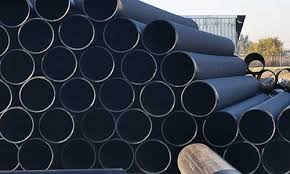
Everything You Should Know About HDPE Pipe
When working with a pipe in a wide range of applications, you have to know precisely what you’re dealing with. That may sound obvious to many professionals, but a pipe comes in many variations. After all, a pipe transports many materials, each requiring specific materials to stay properly contained.Exploring the boundaries of what each pipe material can do is invaluable. The more you know about the industrial pipe options available, the more precisely and responsibly you can pull your project together. For example, if you’re out of the loop about HDPE pipe, then you’re unaware of a very strong, reliable construction material. Continue below for everything you should know about HDPE pipe.Read more -
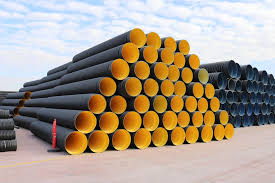
HDPE pipe terminology - everything you need to know
Are you new to the HDPE piping world? No problem. Take a few minutes between projects to review the below collection of common HDPE pipe terminology and definitions. Once you have finished, please contact us for additional information and guidance or to discuss your company’s specific HDPE needs.Read more -
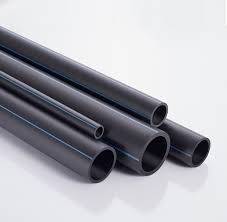
Learn the Truth About HDPE Pipe in a Few Minutes
Utility infrastructures rely on the quality of piping for efficiency and effective delivery. High-density polyethylene (HDPE) pipes are most common in these projects as they can withstand high temperatures and pressure, besides being weather resistant. However, the available brands vary in quality depending on the HDPE pipe manufacturers. Here is all you need to know about HDPE pipes.Read more -
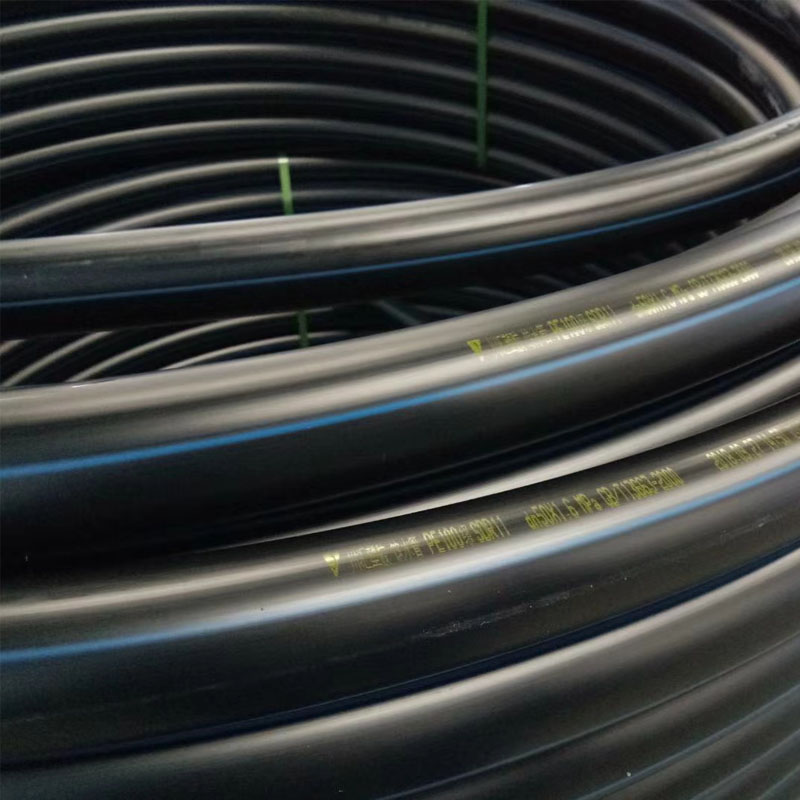
What is High-Density Polyethylene Pipe Used For?
High-Density Polyethylene (HDPE) pipe is a flexible piping solution used for various projects. HDPE is made from thermoplastic, which is made with polymer resin. HDPE piping is mainly used for conveying fluid as well gas at low temperatures. This includes hazardous wastes, slurry, and also stormwater. This is why HDPE has a distinguished and long service history in the oil, mining, gas, and water industries, among others.Read more -
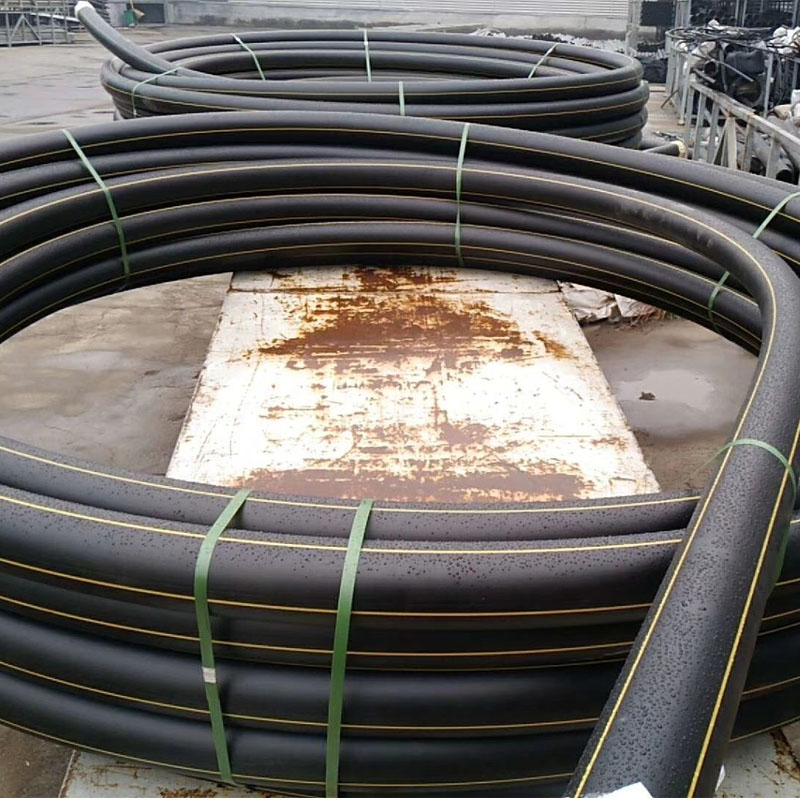
PE vs HDPE – Which is the Better Choice for Your Project?
Let’s discuss PE Vs HDPE piping: Similarities and differences!Piping is an important part of any structure. It is used for many purposes and helps to provide several benefits. For example, piping can be used for plumbing or even as part of the structure itself. This guide will discuss the different types of pipes that are available based on their function and the advantages of HDPE and PE pipes. Do you know the average diameter of the HDPE pipeline? If No then Click here!Read more -
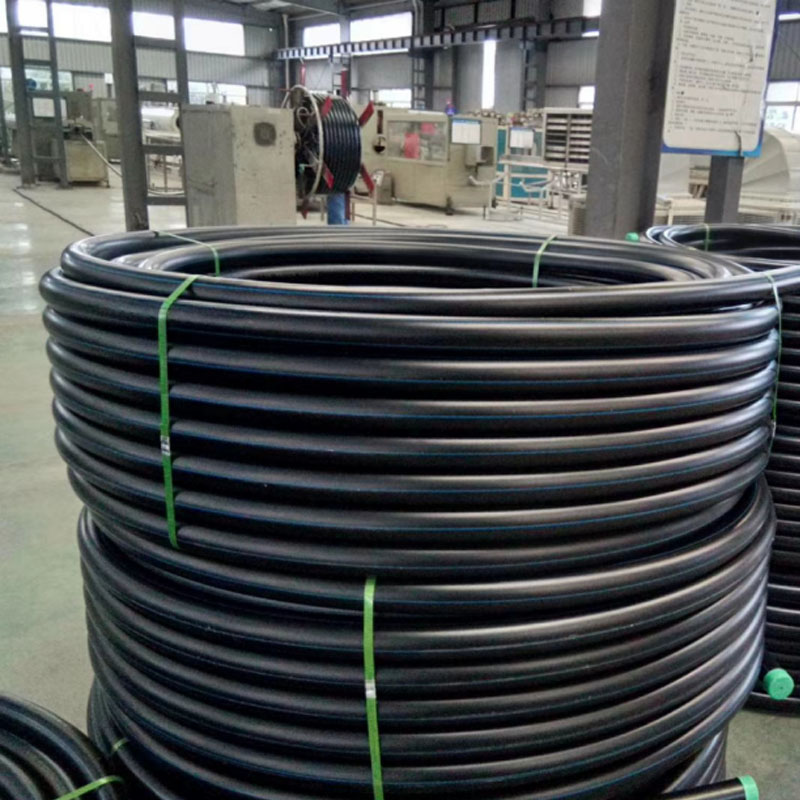
What is Poly Pipe and how does it relate to HDPE?
First developed in Europe and the United States in the early 1930s low density polyethylene was initially used as a coating for underwater cables during World War II, however the high density polyethylene technology used in Poly Pipe today only entered the market in 1951. Poly Pipe has been manufactured in Australia since the 1950s, starting out as a small diameter pipe solution for rural and irrigation projects, as well as some industrial works. Over the past 60 years its popularity and number of applications across a range of industries has grown, due to its wearability, flexibility and ease of installation in comparison to alternative products, such as PVC or concrete pipes.Read more -
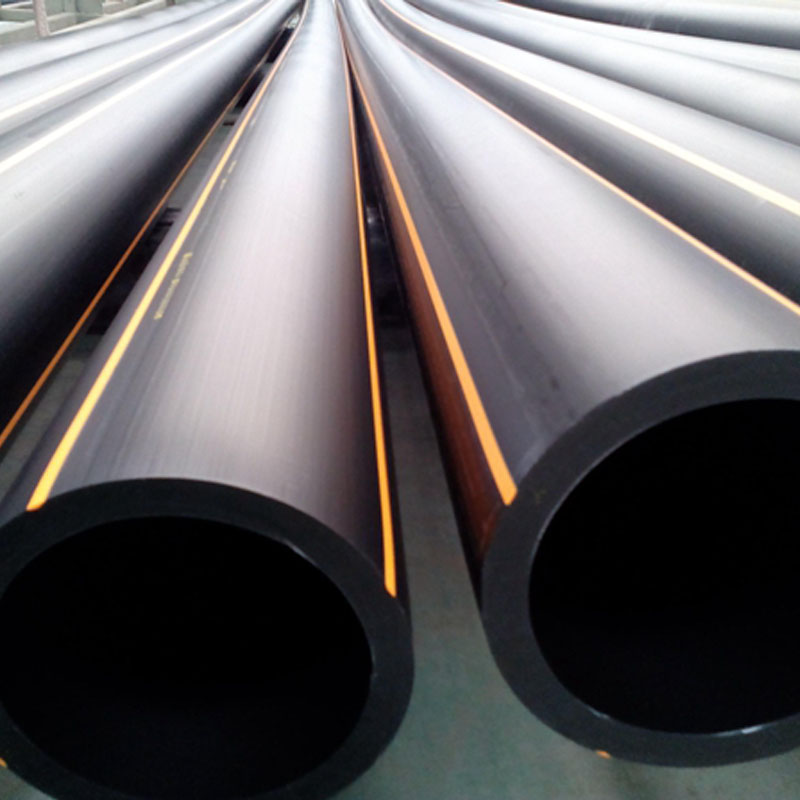 HDPE piping is one of the things we do best here at US FUSION — but if you’re not working with it every day like we are, you may have some questions about what it is and how it works.Below, we’ll explore the answers to some of those questions, giving you an overview of everything you need to know about HDPE piping: what it is, what it’s used for, and how it can benefit your application.Read more
HDPE piping is one of the things we do best here at US FUSION — but if you’re not working with it every day like we are, you may have some questions about what it is and how it works.Below, we’ll explore the answers to some of those questions, giving you an overview of everything you need to know about HDPE piping: what it is, what it’s used for, and how it can benefit your application.Read more -
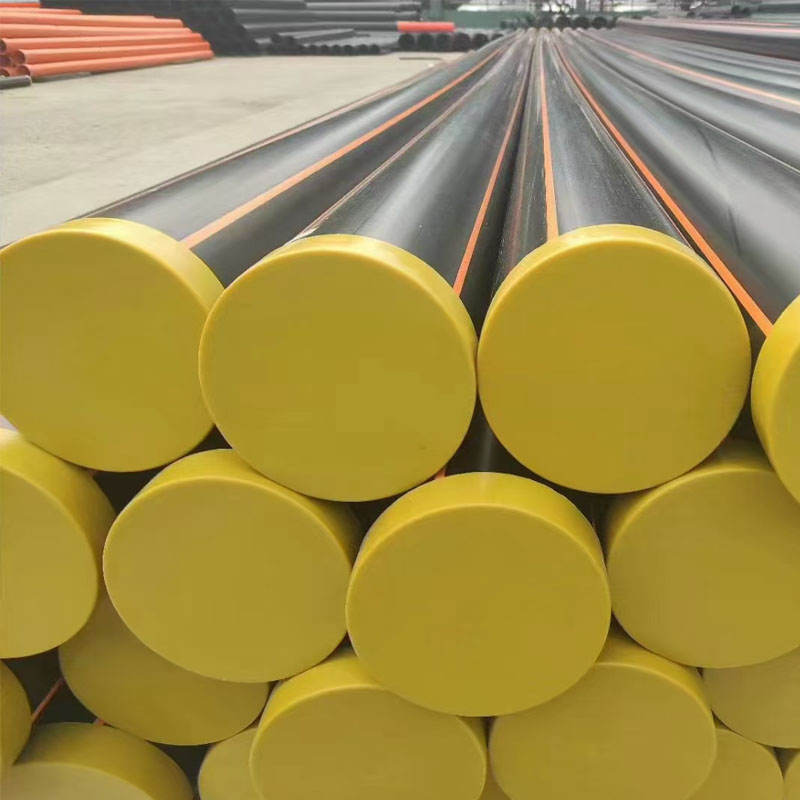 High-density polyethylene (HDPE) conduit is the preferred material to house and protect electrical power and telecommunications cables within. It offers unmatched corrosion and chemical resistance, is flexible, durable and available in long reel lengths to reduce joints and installation time. HDPE conduit is available in a variety of sizes, colors, dimensions and lengths.Read more
High-density polyethylene (HDPE) conduit is the preferred material to house and protect electrical power and telecommunications cables within. It offers unmatched corrosion and chemical resistance, is flexible, durable and available in long reel lengths to reduce joints and installation time. HDPE conduit is available in a variety of sizes, colors, dimensions and lengths.Read more

